While most cars in Australia are sourced from Japan, South Korea, Europe or, increasingly China - India is an automotive force that could be the next big source for cars delivered to Australia.
Some of the reasons for this are quite straightforward - India is, on a global scale, pretty close to Australia, helping to keep shipping costs down, manufacturing labour costs are still relatively low, and it is a fellow right-hand-drive market, meaning many cars built there are fundamentally compatible with our roads.
Like China before it, many local manufacturers in India are moving more upmarket as the domestic market grows in both income and the desire for larger and better equipped vehicles, which is why we're seeing a renewed push by the likes of Mahindra into Australia, with its well equipped and very competitively priced XUV700 mid-size SUV and Scorpio off-roader.
In fact, the opportunity for the country to become an export force is enormous, with India recently becoming the third largest automotive market behind China and the US, overtaking Japan, and with a steady rise in exports (up 15 per cent in 2023). Some industry reports suggest the Indian automotive market could be worth US$400 billion by 2030.
So far though, India's primary export targets have been markets with less stringent market requirements, the top three being South Africa, Mexico, and Saudi Arabia.
So what's changed and why might India's auto market become more relevant to Australia?
In April of 2023, Indian regulators brought in new emissions standards, dubbed the BS6 Phase 2 norms, which had a focus on 'real driving emissions' (or, RDEs). These had a similar effect on the Indian market to the introduction of Euro emissions regulations overseas. The BS6 regulations are far stricter on the amount of NOx and particulate matter which is permitted to exit the exhaust, and the 'Phase 2' testing goes beyond laboratory testing and into real world trials, making it even more difficult for vehicles to comply.
Importantly, the new requirement for selective catalytic reduction (SCR) which effectively requires diesel engines to use an AdBlue system (as is the case in Europe), has made that particular fuel type difficult for use in smaller passenger cars.
.jpg)
Naturally, this meant a sudden extinction event for many new cars that were on sale in India at the time. Honda in particular had a clean-out of some of its older technology vehicles, including the Jazz (which was still the previous-generation version), related City sedan and the WR-V compact SUV.
At the same time, Nissan's low-cost Kicks small SUV, Skoda's Superb and Octavia sedans, and Kia's Carnival (which was also the previous-generation version at the time of its discontinuation) were pulled from sale. Even India's local automakers were not immune, with the Suzuki-Maruti joint-venture Alto 800 and the Mahindra KUV100 NXT small SUV culled from their respective line-ups. Unsurprisingly, many diesel variants of small cars with engines under 2000cc (like a bizarre diesel variant of the Hyundai i20 hatch) were also discontinued.
The reasons for the discontinuations are familiar considering the untimely ends of many small cars recently in Australia. These small cars used older low-tech engines in order to keep costs down, and the investment required to upgrade them would make them simply too expensive in their respective budget-conscious segments.
.jpg)
While the BS6 Phase 2 regulations have been controversial for making vehicles in the low-cost category more expensive for those who need them the most, they may have a knock-on effect of making Indian-built vehicles more appealing in export markets like Australia.
With a closer sync-up to global markets but still with cheap labour and access to suppliers, many manufacturers are taking note. Kia in particular has been quick to embrace the Indian market with a new factory built there in 2019. In July of 2023, the plant had produced its one millionth vehicle in four years, bringing the Korean brand from a small-time importer to a major local force in a short timeframe, and the brand is now eyeing an expansion in capacity and to serve more export markets in 2025.
Some of the models built there include the popular Seltos small SUV and the smaller Sonet crossover, but importantly the brand mentioned during its Korean EV Day expo in 2023 that it was considering building its EV3 electric small SUV at the India plant - could it be the first Kia model we see exported from there to Australia? The brand has already taken the unprecedented step of sourcing the EV5 mid-sizer from a factory in China rather than South Korea for the Australian market, but it has the downside of needing to be manufactured in right-hand drive in a left-hand-drive country - an issue the Indian market naturally solves.
.jpg)
But doesn't Australia have more lax emissions standards than much of the world?
To a degree this is true. Up until just recently there has been no requirement to sell Euro 6d compliant vehicles in Australia, but the issue comes when global manufacturers upgrade their engine technology for markets like Europe, they also upgrade the safety equipment to match.
This is part of the reason why so many vehicles launched in Australia recently are so expensive. Our ANCAP ratings are some of the most stringent in the world, and to import cars that will score a coveted five-star rating, brands must often reach into their Euro-complaint catalogue, and cannot simply import right-hand-drive vehicles from closer markets like South East Asia or, in the past, India.
Mitsubishi is currently facing this issue, for example, in finding a replacement for its popular ASX - the South East Asian market Xforce which looks to be a shoo-in won't meet the current requirements for a five-star rating despite its immediate availability in right-hand drive, leaving the brand looking to do expensive upgrades to that vehicle or bringing in a less desirable and probably more expensive badge-engineered Renault Captur instead.
.jpg)
This too looks to change for India with the introduction of a new-car assessment program similar to our own ANCAP scheme late last year. The new body, dubbed the Baharat New Car Assessment Program (BNCAP) will have its own unique set of requirements, but is designed to incentivise manufacturers to catch up in areas where the country still globally lags.
A minimum of six airbags will become the standard for achieving five-stars for example, but it will stop short of requiring high-end driver technology like auto emergency braking for now, so don't expect a deluge of cheap high-ANCAP scoring vehicles any time soon, especially since there has been a push-back from the Indian industry around calibrating said active safety systems to be specific to the Indian market.
Still, if the country's local manufacturers are anything to go by, those higher-end technologies are well on the way for vehicles more likely to be exported to Australia. The Mahindra XUV700 which recently launched in Australia came standard with auto emergency braking, lane departure warning, adaptive cruise control, traffic sign recognition, high beam assist, and lane keep assist. Its direct rival in India, the Tata Safari, is also capable of being fitted with the same array of features, and no doubt the impending Mahindra global ute. which is said to be designed with Australia specifically in mind, will be future-proofed with all of these features.
.jpg)
So what's the take-away?
It looks like India could be the next big export force in the world and, specifically, Australia as its vehicles achieve a more globally appealing specification which increasingly comply with a wider array of emissions and safety regulations. The fact that it is a right-hand-drive market and so close to Australia means it's likely we'll see not only more Indian-branded vehicles in Australia, but possibly more Indian built cars from more established brands, too.




.jpg)







.jpg)
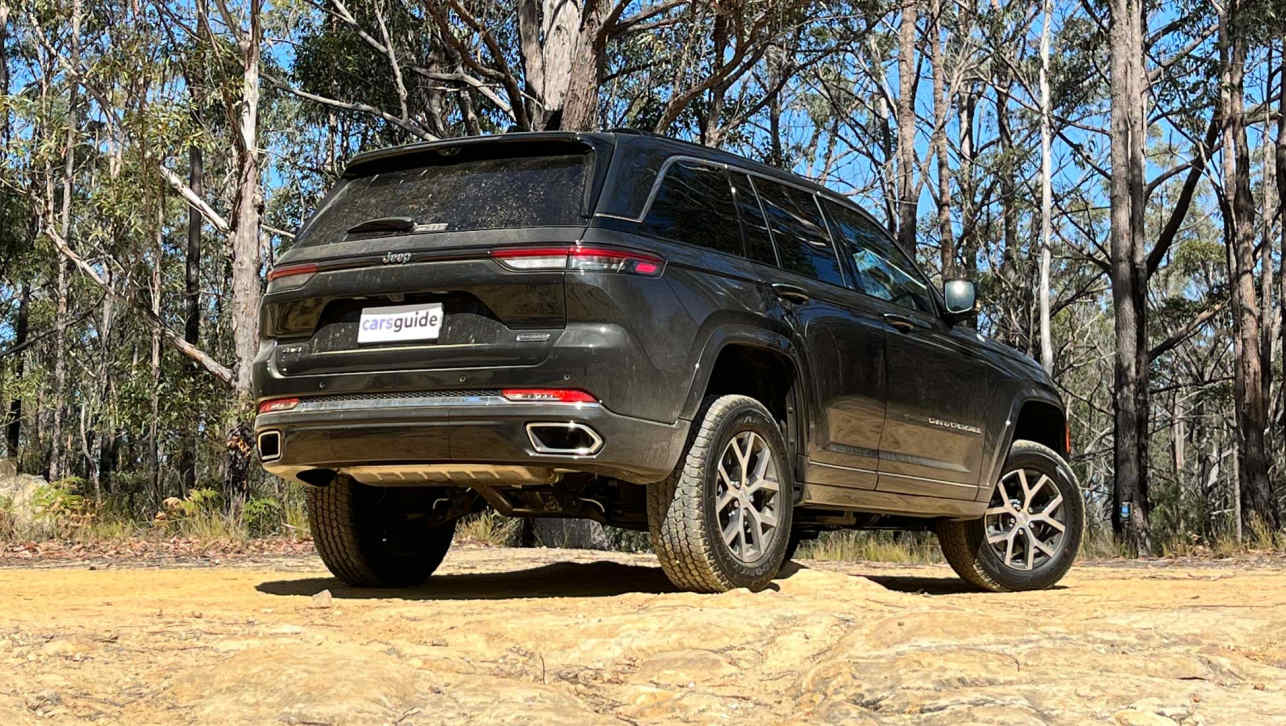
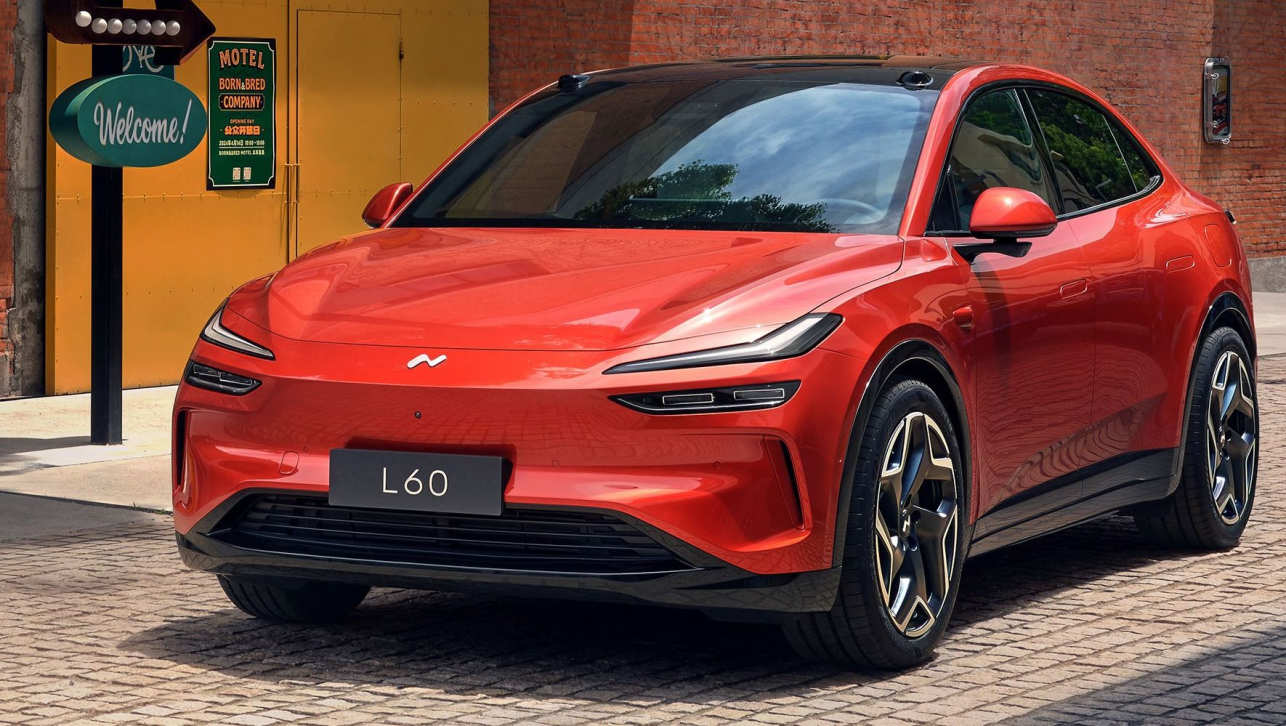
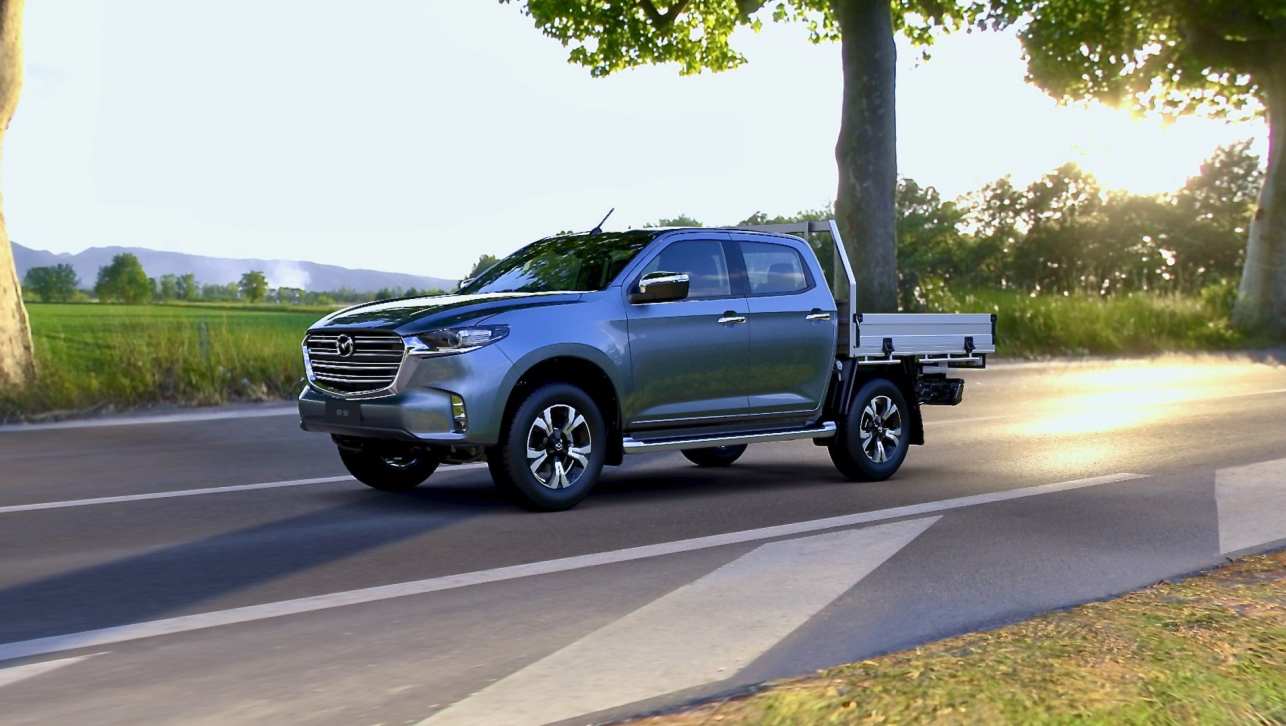
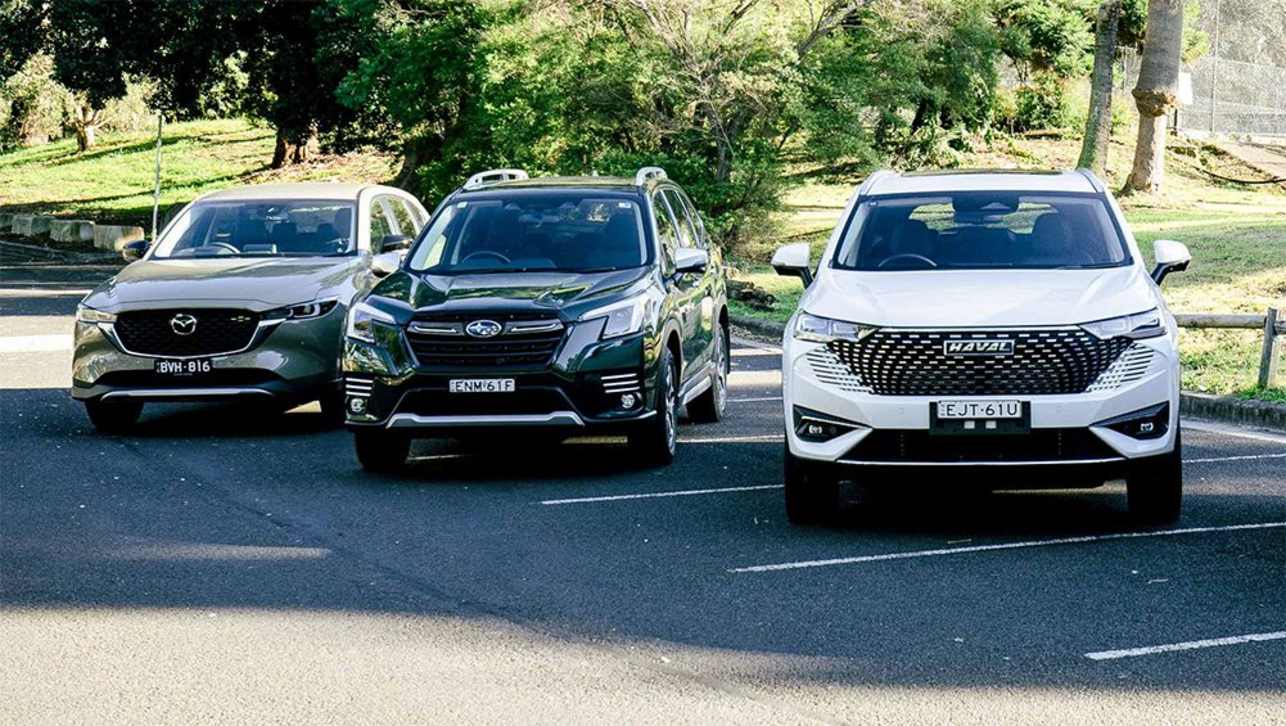
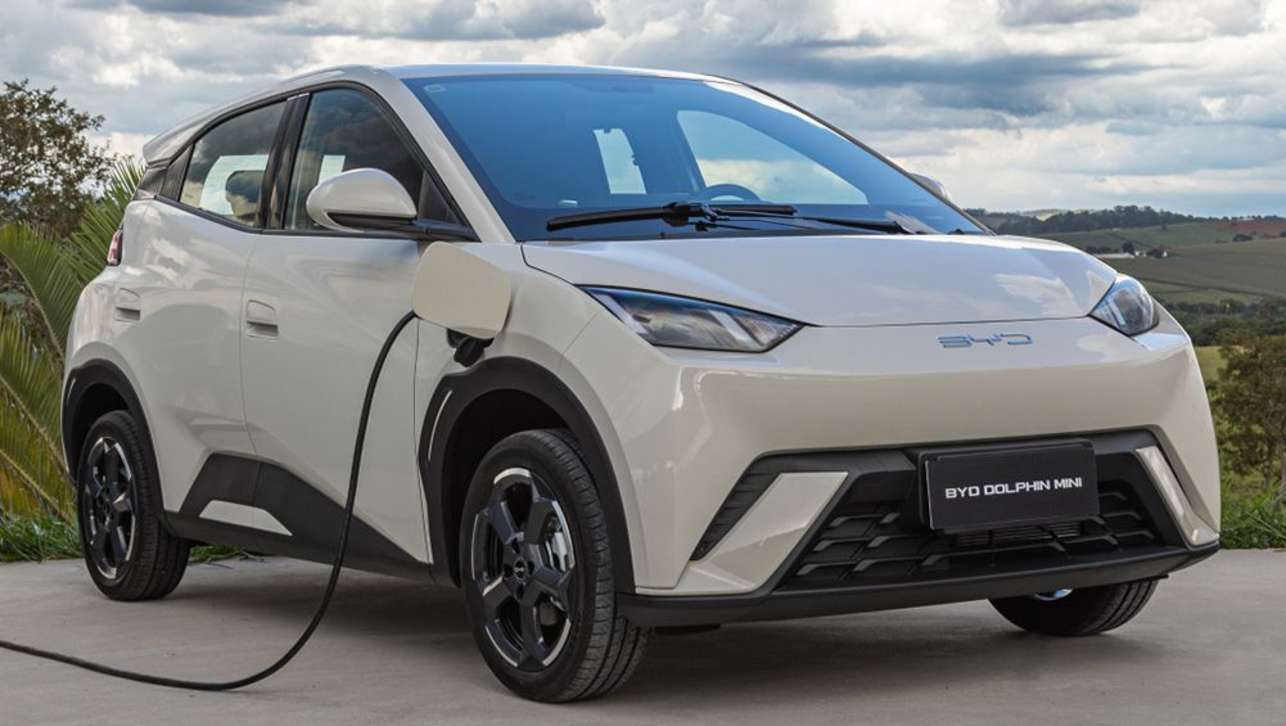

.jpg)
.jpg)
.jpg)
.jpg)


.jpg)
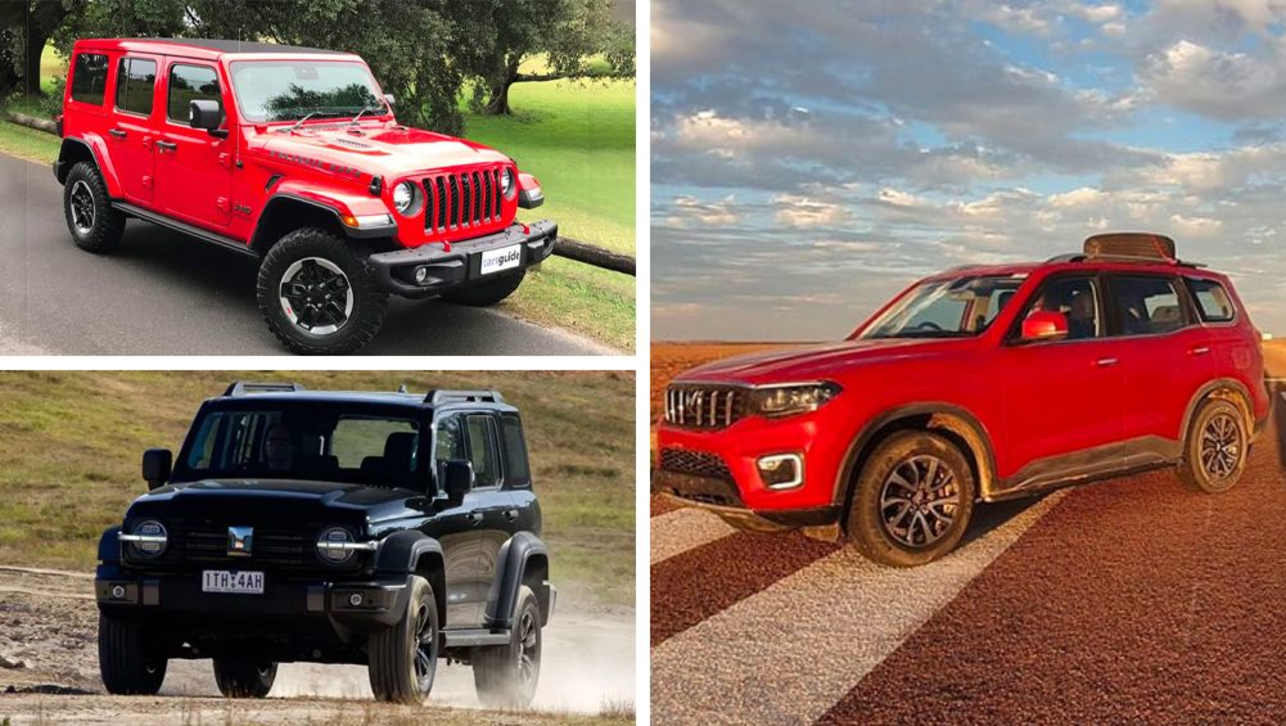



.jpg)
Comments